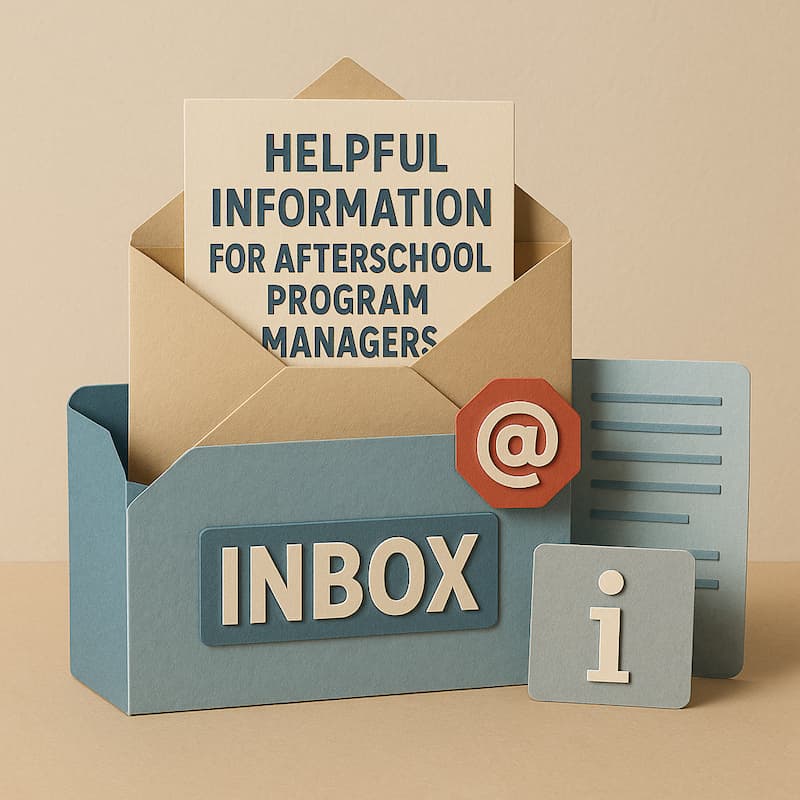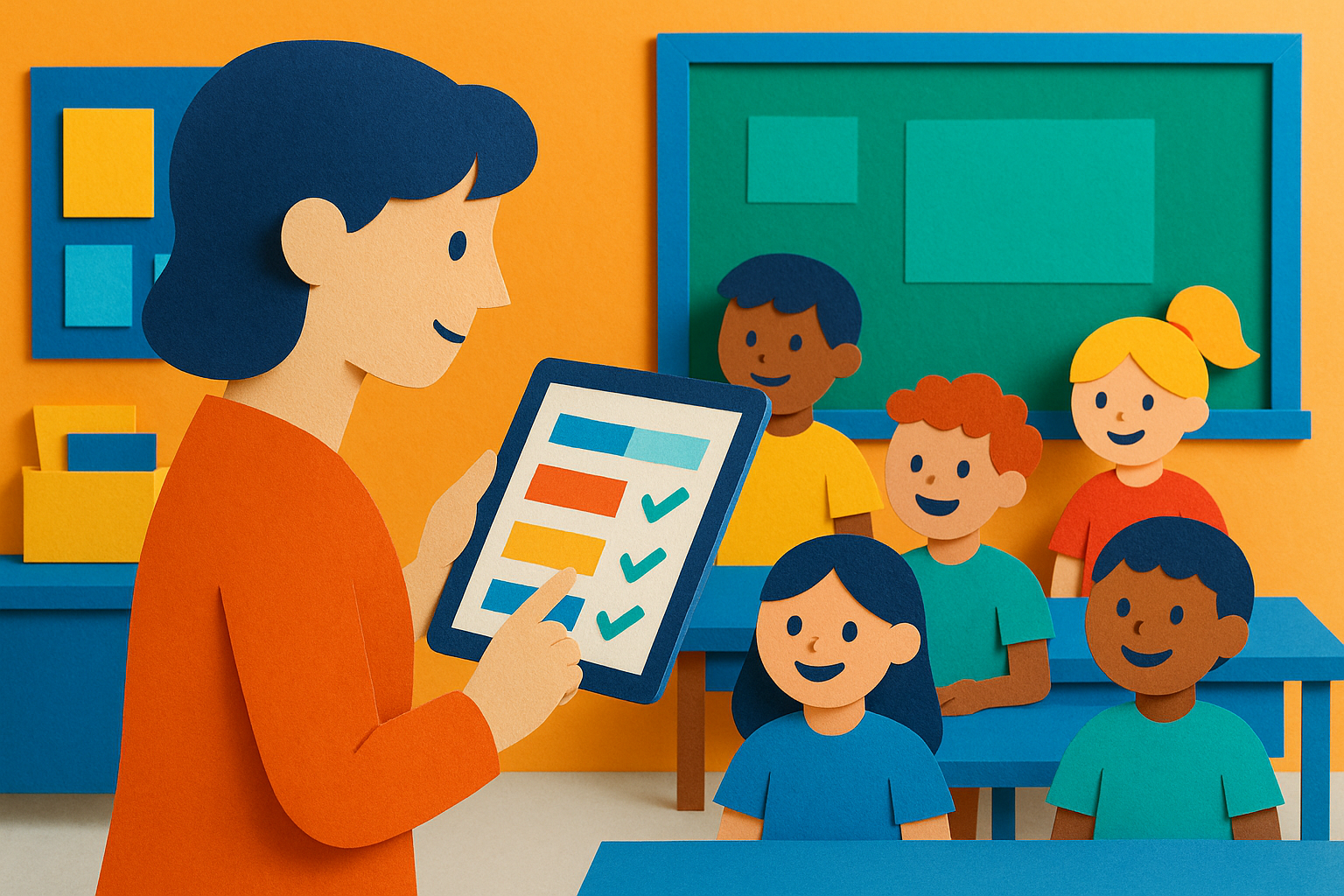Keeping families engaged in after-school programs is easier said than done. From language barriers to busy schedules, program leaders face numerous obstacles in ensuring every parent feels connected and involved. However, when parents and family members are engaged, students tend to do better in school, feel more connected, and are more likely to succeed. And yet for many afterschool programs, especially those with diverse communities, keeping families in the loop can be a real challenge.
Let’s talk about how using digital tools with multilingual capabilities can make it easier to engage families from all backgrounds. We’ll share a real example of how one school made this work and offer some practical tips you can use in your own program.
Real-Time Communication Makes a Difference
Running an afterschool program with students from homes where different languages are spoken presents unique challenges. Sending out important updates about school activities, student success, or upcoming after school events in multiple languages can be time-consuming and expensive. Designing mailers that are easily read while also incorporating various languages is a burdensome administrative task that many schools struggle to manage effectively.
One community school faced this exact challenge. They had a large number of Vietnamese families, along with English and Spanish speakers. Traditional ways of communicating weren’t reaching everyone effectively. Important messages were getting lost in translation and transmission; not all parents felt connected to the school community, and family involvement was low.
Multilingual Digital Tools in Increase Community Engagement
The school decided they needed something new. They partnered with Attendly, a digital attendance tracking system that worked with them to support their afterschool programs and could easily incorporate their three primary languages: English, Spanish, and Vietnamese. This meant that parents received real-time notifications in their preferred language regarding program availability, real-time attendance updates, and other important information.
For example, if a child from a Vietnamese family was registering for the afterschool program, their parents would get timely notifications with program details and a website to enroll, all written in Vietnamese. Updates about new programs, dates and times, or waitlist resources were also available in all three languages according to parent preferences.
The Impact on Families and Students
The change was remarkable. Parents felt more informed and involved in their child’s education. They started attending more school events, participating in family-school partnerships, and even volunteering for school activities. The increased parent engagement had a positive effect on student success and student achievement. Children saw that their parents were involved, which boosted their own engagement and enthusiasm for learning. School leaders were also able to spend less time on managing a family engagement strategy and instead focused on in-class student engagement.
Why Multilingual Communication Matters
- Inclusion of All Families: By communicating in the languages families are most comfortable with, you’re showing respect and making sure everyone can participate fully in their child’s education.
- Better Student Outcomes: When parents are engaged, students are more likely to excel academically and socially. It supports their overall growth and learning.
- Stronger School Community: Open communication helps build trust between families and the school. It creates a supportive environment where everyone works together.
- Simplified Communication for Staff: Digital tools can save teachers and school staff significant time and resources, making it easier to keep parents updated without extra effort.
Tips for Implementing Multilingual Digital Communication
- Find Out What Languages Your Families and Communities Speak: Start by identifying the primary languages used at home. This will help you decide which languages to support.
- Choose User-Friendly Tools: Look for digital platforms or attendance tracking software that will partner with you to offer multilingual support.
- Train Your Team: Make sure teachers and staff know how to use the new tools effectively. Provide training sessions if needed.
- Introduce the System to Families: Let parents know about the new communication methods. Offer guidance on how they can access information and stay involved.
We’re Here to Help
At Attendly, we understand how important it is to engage all families in their child’s education. Our afterschool program management software is designed to make notifications and sharing program information simple and effective, supporting multiple languages to meet the needs of diverse communities.
We’re happy to work with schools to tailor our tools to your specific needs. Whether you need support for additional languages or features to help military families and children with special education needs, we’re committed to helping you build stronger family engagement.
Strengthening the School Community Together
Engaging families in afterschool programs doesn’t have to be complicated. By using digital tools with multilingual capabilities, you can break down language barriers and make sure every parent feels connected and involved.
Remember, it’s not just about technology—it’s about making sure every family knows they are a valued part of the school community. When parents, teachers, and students all work together, everyone benefits. Students thrive, families feel supported, and the entire school community becomes stronger.








